Artistic Placemaking: City, Home & Garden
Placemaking is a buzzword in cities all around the world as a political, socio-economic movement guided by philosophies from multi-science disciplines. Making a place is not simply giving a plaza a name or putting a few trees and benches around a patch of grass and calling it a park. Development of private/public spaces designated for multiple year-round events includes looking into the future, speculation, hope, dreams and more than a little enthusiasm.
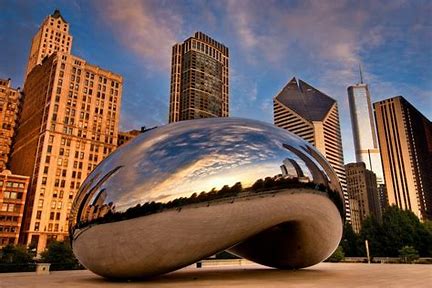
The same principals of placemaking in a municipal center can also be applied to small scale businesses or even home landscapes. Special places increase the sense of connectedness to a city, borough or neighborhood district, and our own habitat. According to experts, purposeful placemaking creates a sense of well-being and happiness, cultivating a commitment to change which will help make a stronger, safer, thus more livable metropolis. Just type Placemaking into your search engine and see all the great information and proponents who pop up.
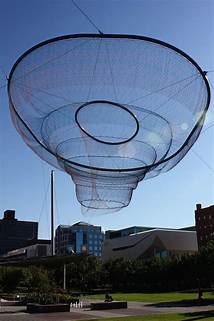
It is a millennium-old impulse to designate and decorate a public gathering space. Choosing the art to be featured in a specific setting is serious business. Phoenix has dozens of great examples of public art throughout the city, but nowhere better than the Desert Botanical Garden, an accredited horticultural museum featuring desert plants along with plenty of permanent and traveling art exhibitions each year. That the Garden environment is designed with inclusivity and access in mind is no accident.
“Collaborating with artists to create a show at the Garden is the highlight of my work,” says Elaine McGinn, Senior Director of Visitor Experience & Community Engagement at the DBG. “Whether they are well-known or up and coming artists, the process of curating an exhibit is very similar. The dialogue begins with several walks through the Garden to talk about their art, what inspires them, and selecting work that will complement both the art and our dynamic plants.”
Events and exhibitions take months, sometimes years, to come to fruition. The key to success, McGinn says, is patience and persistence. “Networking and staying connected through publications, web sites, museums and galleries around the globe to see what is new in the art world is the easy part,” she claims. “Once you find the ‘Next Big Thing’, you just go after it and work to bring them to the table. That can take time as many artists have long-range schedules and/or interests.”
Her prior title at the Garden was Director of Exhibits, so she knows a thing or two about bringing public art to millions of people. Besides the day to day aspects of her job, she undertook a 2009 Virginia G. Piper Fellowship where she studied influential cultural, social and horticulture design trends in 45 gardens throughout United States, Italy and Spain, gaining insight which she brought back to her drawing board in Phoenix.
“I explored best practices in innovative design in both historic and contemporary perspectives,” McGinn shares. “One of my favorite gardens is Robert Irwin Central Garden at the Getty Center in Los Angeles. I had visited many times prior to my fellowship and could not articulate why it had such an overwhelming impact on my senses.” McGinn tells us it wasn’t until the end of her fellowship odyssey that she had her a-ha moment, suddenly understanding why this particular place resonates so deeply with her.
She explains, “They pull you through a journey of exploration and symmetry that is intimate, yet vast, quiet and artistic, emotional and profound in their ability to transcend the experience of nature in a planned and choreographed manner.”
We say that no matter where a place is, capturing the above description in any space is an art form in itself.
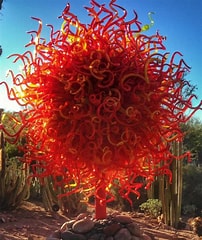
Choosing the art to be displayed for weeks or months is an investment the Garden’s missions; partly to be a compelling attraction. McGinn’s dedicated work behind the scenes provide a place where folks from all walks of life are able to experience the uplifting elements of human creativity.
“It always surprises me how each art exhibit transforms our landscape into something new and unexpected. Having a profession that allows me to be a participant in creating experiences that connect people to nature has been an extraordinary opportunity,” McGinn summarizes.
Make plans to visit the Garden this winter and spring for the third return of the Dale Chihuly Studio, but do not forget to check online before your visit for all information and reservations, once available. P.S. Become a DBG member and get first dibs on tickets along with special discounts all year.
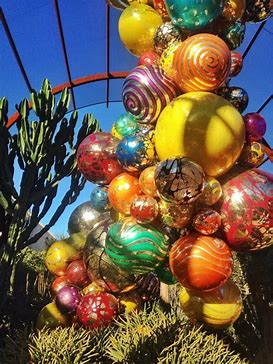
Our commendations go to civic planners and private businesses who incorporate the arts into the every day experience for all of us to share. To placemake your backyard or patio, try adding a weather appropriate artistic element (mural, sculpture?) to gain a whole new appreciation of your personal outdoor space. May we also point out that many of the artists ArtBeat Magazine has featured in our previous 132 posts may have the perfect piece for you!

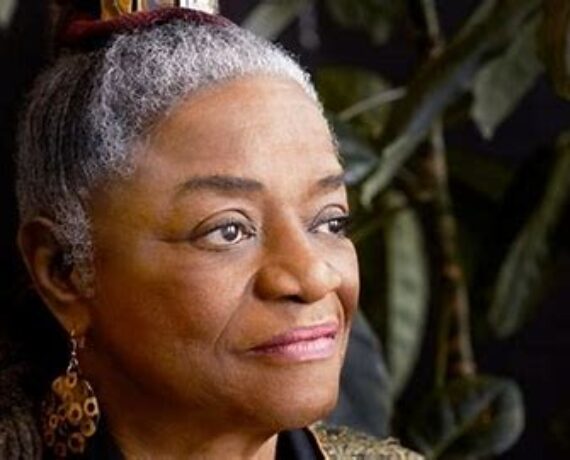
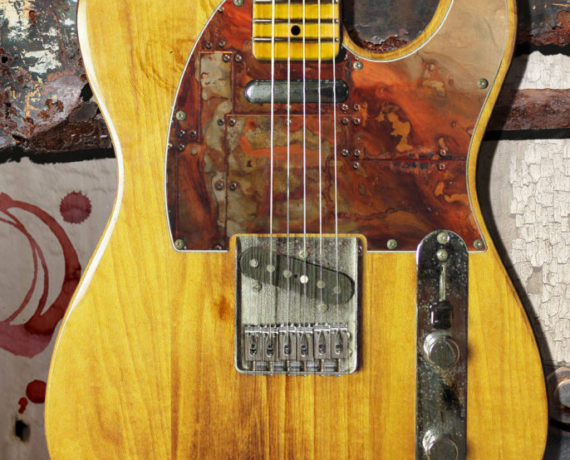
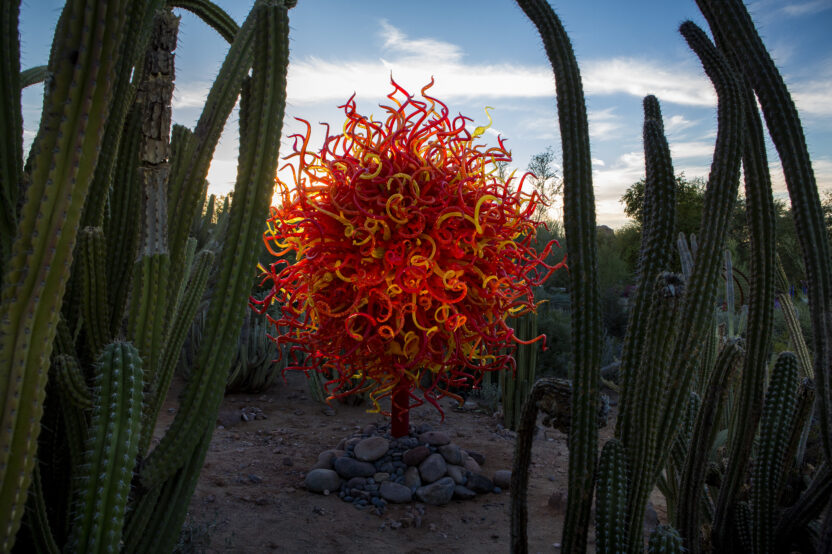
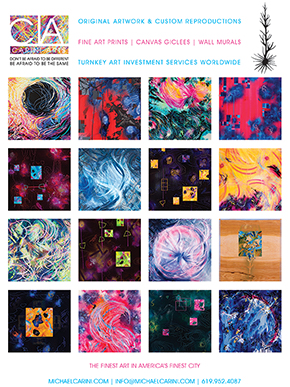


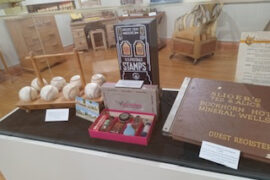
 Architects of Art: In the Course of Time
Architects of Art: In the Course of Time  Random Seed, A Fractal Artist Update
Random Seed, A Fractal Artist Update 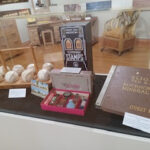 Discovery Through Preservation, Mesa Historical Museum
Discovery Through Preservation, Mesa Historical Museum  Looking Glass, A Reflection of Time – Norman Broomhall
Looking Glass, A Reflection of Time – Norman Broomhall